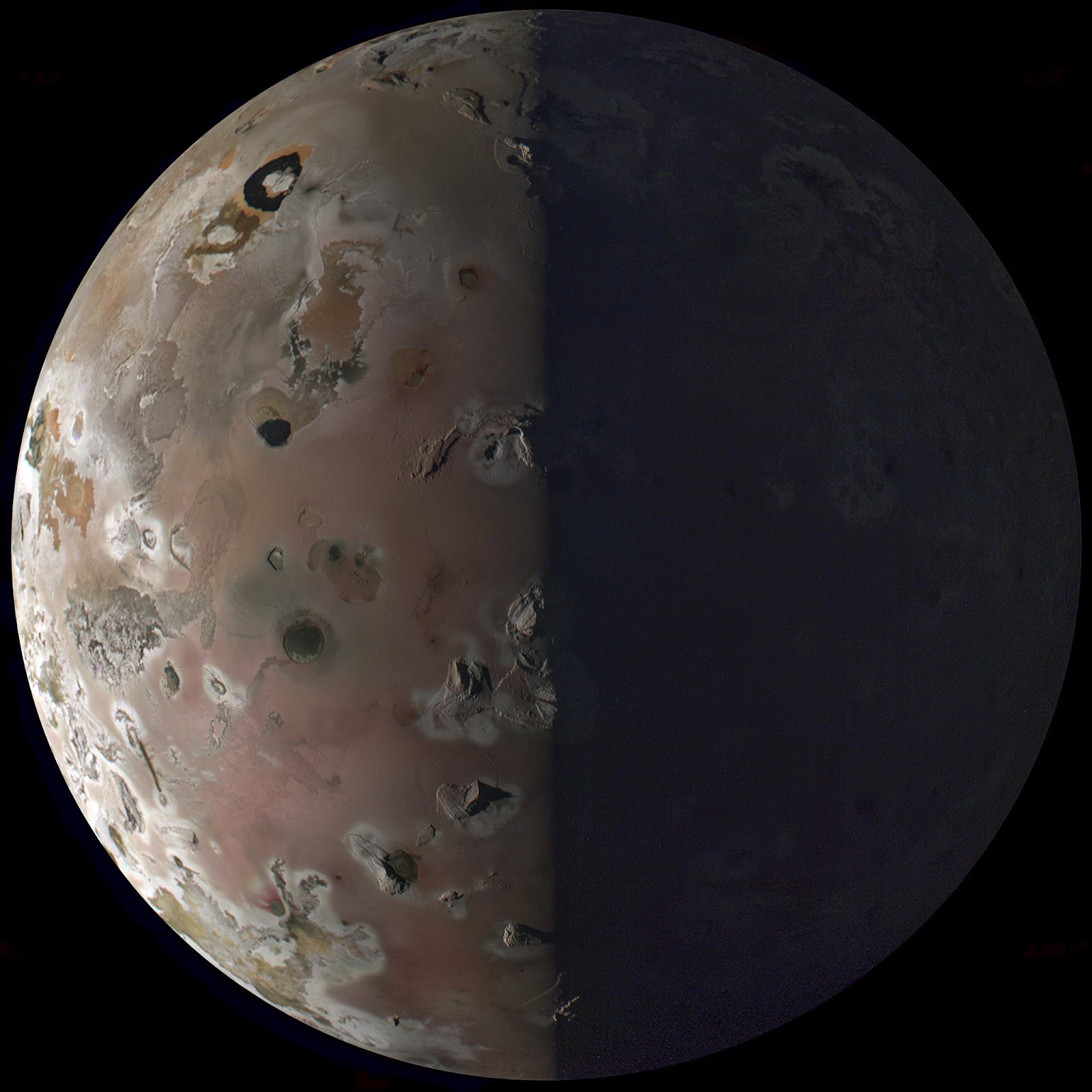T-Minus: SpaceX’s spaceplane launch, Jupiter’s “pizza moon,” and more
This is T-Minus, where we count down the biggest developments in space, from new rocket launches to discoveries that advance our understanding of the universe and our place in it. Humanity is reaching new heights in space exploration. Make sure you’re part of the journey by subscribing here.


Juno snaps Jupiter’s “pizza moon”
Since 2016, NASA’s Juno spacecraft has snapped thousands of stunning images of Jupiter and several of its moons, including Io, the most volcanically active body in the entire solar system.
On December 30, Juno flew within 930 miles of Io, which is the closest any spacecraft has come to the moon in more than 20 years. During the flyby, it recorded images of Io in visible and infrared light that are expected to help NASA unravel the mystery of the volatile moon.
“By combining data from this flyby with our previous observations, the Juno science team is studying how Io’s volcanoes vary,” said Scott Bolton, Juno’s principal investigator. “We are looking for how often they erupt, how bright and hot they are, how the shape of the lava flow changes, and how Io’s activity is connected to the flow of charged particles in Jupiter’s magnetosphere.”


SLIM prepares for historic landing
On December 25, the Japan Aerospace Exploration Agency announced that its Smart Lander for Investigating Moon (SLIM) spacecraft had officially entered the moon’s orbit, some four months after launch. It will now circle the moon until attempting a landing on January 20.
If the mission succeeds, SLIM will make Japan just the fifth nation — after the US, the USSR/Russia, China, and India — to land a spacecraft on the moon without destroying it in the process.
It could also make it easier to explore parts of the moon that are currently considered too treacherous for a landing — while a typical lunar lander’s accuracy can be measured in miles, JAXA has equipped SLIM with tech it believes will enable the spacecraft to land within 330 feet of its target, earning the mission its “moon sniper” nickname.


SpaceX launches mysterious spaceplane
In 2010, the US military launched its X-37B spaceplane for the first time, using one of United Launch Alliance’s Atlas V rockets to carry the vehicle into orbit where it remained for eight months before flying down to Earth and landing on an airplane runway at a military base in California.
The uncrewed spaceplane has completed five more missions since then, though what exactly it does on them is largely unknown — while we do know it has carried experiments for NASA, the military is generally tight-lipped when it comes to the spaceplane’s activities in orbit.
On December 28, the spaceplane kicked off its seventh mission. Unlike the previous six missions, this time it was lifted into space by a more powerful SpaceX Falcon Heavy rocket, leading some to speculate that it could be heading to a higher-than-normal orbit — or maybe even the moon.
Update, 1/23/24, 11:15 am ET: This article was updated to correct the target landing accuracy of Japan’s SLIM mission.
We’d love to hear from you! If you have a comment about this article or if you have a tip for a future Freethink story, please email us at [email protected].



